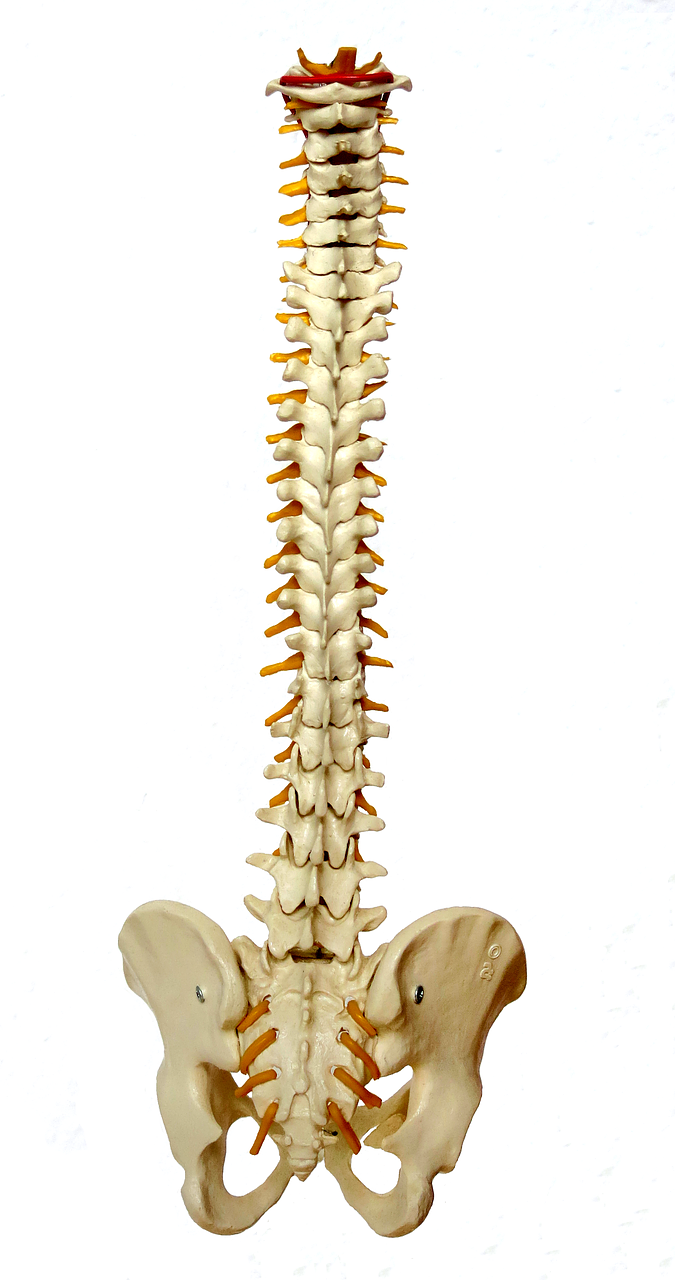In the United States, the population is aging, with a large percentage of citizens being age 50 or above. Sadly, with age comes a host of medical issues. And since the retirement age is now over 65, that means many workers must stay on the job to survive, even if their health is not the best. Others develop serious conditions that make it impossible to keep working, and they are frequently in need of financial relief.
In fact, a huge number of medical conditions can cause you to become disabled, particularly as you grow older. You might not be familiar with a disabling condition until a doctor diagnoses you with it. One of these common medical issues is Foraminal Stenosis, a spinal condition that can become extremely painful and eventually prevent you from working. If you have advanced Foraminal Stenosis, you may need to apply for disability benefits from the Social Security Administration(SSA). Successfully applying for these benefits often requires expert legal help. In any case, before you apply, you need to understand the disease and the SSA process.
Foraminal Stenosis Basics
Foraminal stenosis is the general name for Spinal Stenosis. It occurs when the spaces, called the foramen, between your spinal bones narrow. This narrowing can cause a number of debilitating symptoms, including limited mobility and constant pain. Many nerves come from the spine and pass through the foramen on their way to other parts of your body. Shrinking of the foramen leads to pressure on the nerves, which causes you pain and other symptoms.
The specific type of Foraminal Stenosis you have depends on which part of the spine is affected. Stenosis types include:
- Cervical stenosis – narrowing of the neck foramen.
- Thoracic stenosis – narrowing of the upper back foramen.
- Lumbar stenosis – narrowing of the lower back foramen.
While many people have some level of stenosis, only the more serious forms cause complete disability, which is necessary to receive SSA disability benefits.
Symptoms of Foraminal Stenosis
Stenosis can be tricky to detect. You can have stenosis of the spine but not suffer from any symptoms, at least at first. When symptoms do start, they may include:
- Tingling
- Pain in the spine and extremities,
- Numbness
- Muscle weakness
Your symptoms may be relatively mild and never worsen or eventually become so severe that you are unable to complete routine duties, walk or even care for yourself.
Causes of Foraminal Stenosis
Spinal stenosis can simply be a result of aging. Many people age 50 or over have some degree of stenosis. After decades of normal wear and tear, your spine may suffer damage that causes the spaces around it to narrow. Younger people can have this issue as well, although it is far less common. .
Spinal injuries and diseases may also cause stenosis. For instance, if you develop a bulging disc, it can put pressure on the foramen and nerves, leading to pain, numbness and other stenosis symptoms. A bulging disc might be caused by a work accident, an automobile crash or a sports injury.
Osteoarthritis is one possible cause of foraminal stenosis. This disease may cause bone spurs that in turn cause the pressure that leads to stenosis. The condition can also be caused by tumors, dwarfism, enlarged ligaments and spondylolisthesis – another spinal condition that causes vertebrae to slip out of place, putting pressure on the nerves.
Treatments for Foraminal Stenosis
Mild cases of spinal stenosis can often be relieved by exercise and OTC medications. For the best results, you may want to try a formal physical therapy program, one prescribed by your doctor. In fact, some evidence indicates that physical therapy is as effective as surgery in relieving stenosis symptoms. Exercises such as pelvic tilts, bends and standing squats are particularly helpful at enhancing your flexibility and balance.
For some patients, aerobic exercise such as swimming and bicycling also relieves symptoms, although you may need to experiment to find what exercises work best for you.
NSAIDS such as ibuprofen and naproxen may well relieve your pain. In more extreme situations, your doctor may prescribe a stronger pain reliever such as an opiate. Of course, you must exercise great caution when taking these medications to avoid becoming reliant on them.
You may also benefit from injections such as corticosteroids, which work to reduce inflammation as well as pain. Sometimes physicians inject nerve blocks to stop the pain for an extended period of time.
Some patients find alternative treatments relieve their stenosis. For instance, chiropractic treatments to realign your spine and muscles may give you relief from stenosis symptoms. Acupuncture has also been cited by sufferers as being helpful for the condition.
If nothing else works, your physician may recommend surgery. This is the treatment of last resort and is more often used for people who are having severe pain and mobility issues. Sometimes, these patients lose control of their bladders as well. If you are at this stage of stenosis, you are probably unable to fulfill your job responsibilities or care for yourself.
Your surgeon may perform one or more of the following surgery types.
- Laminectomy – when the doctor removes bone and ligaments that are pinching the nerves.
- Foraminotomy – when the surgeon makes more room for the nerves to exit the spine and travel to the rest of your body.
- Spinal fusion – when the doctor fuses several vertebrae together so they cannot move and cause pain and nerve pressure.
You can have a number of treatment procedures and still suffer limitations from Foraminal Stenosis. At some point in your treatment and after, you may need to apply for SSD benefits.
SSD for Foraminal Stenosis
If you have severe spinal stenosis, you may qualify for Social Security disability benefits.It can be difficult to qualify for SSD with certain back issues, but lumbar stenosis is listed in the SSA blue book of disabling conditions, making your success more likely.
The SSA does have strict requirements for receiving stenosis disability. First, the stenosis has to be in your lumbar region, which leaves out several types of the condition. You must also have imaging proof of your condition, such as a CT or MRI scan.
The SSA also requires that you have Pseudoclaudication – a term that means you experience pain in your back, thighs and buttocks, accompanied by lower extremity weakness. You also must prove that you have chronic pain that does not radiate from a nerve.
To qualify, you must need help walking and use a walker or crutches, or you must require help getting to work and other locations. Unfortunately, you can be in great pain but still not qualify for disability if you are able to walk and get around without help.
The SSA will also require your medical records, including a detailed explanation of all your treatments. It can be difficult to win your SSD without the help of experienced SS attorneys, particularly if you have already been denied once or if your symptoms don’t clearly fit the requirements. If you are still able to walk but are in severe and constant pain, you might be eligible for a medical-vocational allowance instead of regular disability.
Foraminal Stenosis and Medical-Vocational Allowances
You may not fit the blue book definition of disability with Foraminal stenosis. For instance, you might still be able to walk, or you might have stenosis in your neck instead of the lumbar region. Although you don’t fit the SSA definition, you may still quality for a medical-vocational allowance. The SSA will review your medical records and determine if you are able to perform any type of work with your disability. If they decide you are not able to work with your condition, they will grant you SSD benefits. Getting a medical-vocational allowance is usually more difficult than getting benefits for a condition that is listed in the blue book. In this situation, you will definitely need skilled legal help.
The Good Law Group
At The Good Law Group, they specialize in helping people with disabling conditions get the benefits that they deserve. Many types of foraminal stenosis do not fit the SSA official disability guidelines. That means you will need an expert to lead you through the application process. The attorneys at The Good Law Firm will evaluate your case, making sure you have the proper medical evaluations and evidence. They will also oversee your application. If you are denied benefits, they will spearhead your appeal during what can be lengthy and complicated process.
Sadly, people with back conditions do not always get the respect they deserve. Back pain, numbness and even balance problems can be difficult to prove. Stenosis takes several forms, which can further confuse the issue. If you are disabled by foraminal stenosis, contact The Good Law Group today. You can call them at (847) 577-4476 or fill out their online contact form. When you have this serious spinal condition, you often need the financial relief that disability payments can provide. Don’t try to fight the SS battle on your own.









